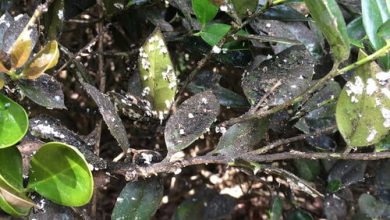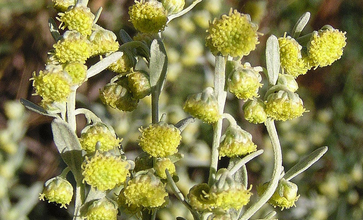How to Take Care of Your Dracaena Step by Step
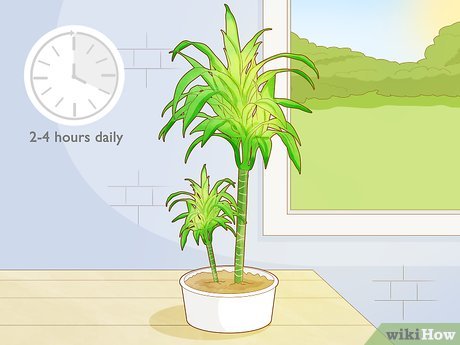
 Dracaenas are extremely popular plants due to the striking ornamentation of their leaves.
Dracaenas are extremely popular plants due to the striking ornamentation of their leaves.
However, in recent years they have gained attention due to their ability to purify the air, eliminate toxins and improve the environment in indoor spaces.
If you are interested in including one in your home, we recommend knowing the aspects that are essential for its development.
For that reason, we want to share this brief guide with some of the main care of the dracaena. We hope you find it useful.
What land needs does the dracaena have?
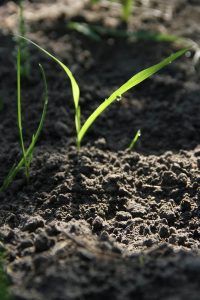 The ideal soil for dracaenas should be well-drained and loose, with adequate calcium content. For this, loam to sandy loam soils, composed mainly of silt or sand, are recommended.
The ideal soil for dracaenas should be well-drained and loose, with adequate calcium content. For this, loam to sandy loam soils, composed mainly of silt or sand, are recommended.
An optimal mix for these plants can be composed of peat, topsoil and sand with a ratio of 2:1:1. However, a commercial substrate mixed with compost and a little sand can also be used.
Because they are not very tolerant to acid soils, the pH level should be between 5.8 and 6.5, since, above 7, some problems for the plant occur.
How to make the dracaena grow strong and vigorous?
The cultivation of dracaenas is not very demanding; in fact, they require moderate maintenance. However, there are some precautions that you must keep in mind so that they grow strong and vigorous, which we share below.
Temperature
Temperature is one of the most important aspects in the care of the dracaena since its flowering depends mainly on temperature.
The best growth of this plant occurs in cool areas where temperatures range between 24°C and 30°C, with 22°C being the optimum, although they can grow from 18°C with greater productivity.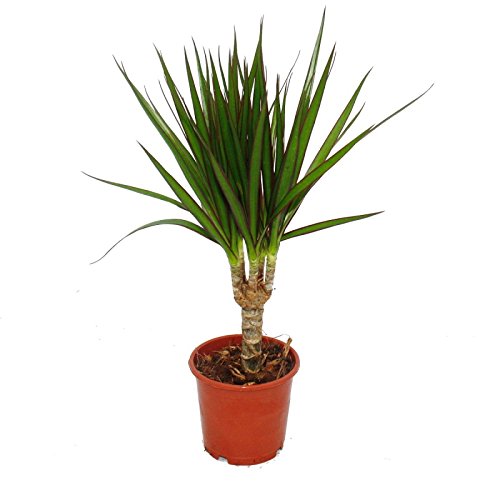
When found in cold environments, the rate of growth slows down, but it develops longer leaves, thicker stems, and shorter internodes. However, at temperatures below 10°C the plant can die.
Lightning
The lighting level for dracaenas varies according to the species. For example, D. marginata can be grown in full sun, D. fragrans and D. deremesis need to be grown in partial shade, as long as the temperature does not drop below 10°C.
The rest of the species, which require a warmer and more humid climate, should be exposed to a light level between 20,000 and 30,000 lux, with a maximum of 40,000 lux .
Wind
The quality of dracaena foliage can be affected by strong winds. Therefore, it is important to locate it in a place where it is protected from drafts. However, ventilation should not be neglected to avoid plant problems.
Fertilization
To determine the true needs of the dracaena, it is recommended to carry out a soil analysis. However, as a starting point, it is suggested to apply 70 grams of 19-6-12 Nitrogen, Phosphorus and Potassium per square meter every three months.
In more specific cases, the foliar application of fertilizers such as magnesium sulfate, urea, potassium nitrate, complete NPK formulas and microelements is suggested. However, the amount and formula will depend on the type of plant, the rate of growth and the climate.
What humidity does the dracaena need?
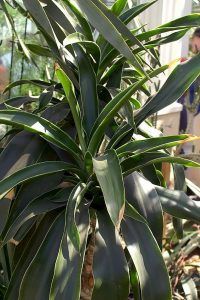 The dracaena needs humid environments where the average annual rainfall is 3,000 mm.
The dracaena needs humid environments where the average annual rainfall is 3,000 mm.
With regard to relative humidity, this should range between 80% and 95%. However, both humidity and lighting are closely related, so you must take care of both aspects at the same time.
On the other hand, dracaenas tolerate low water content in the soil, so watering should be moderate, at a frequency of 1 or 2 times a week, avoiding excess water and avoiding wetting the foliage to prevent rot.
Likewise, irrigation should be applied especially during times of higher solar radiation and low rainfall. In this case, it is advisable to apply short sprinkler irrigations of 10 or 15 minutes, 3 or 4 times a day.
Is it necessary to prune the dracaena?
Pruning is not essential in dracaena care, especially when grown indoors. However, it can be carried out to remove withered leaves, obtain more branches, define the structure of the plant, or when the crop is intended for production.
How often should we prune the dracaena?
Pruning to remove withered leaves should be done little by little, removing a maximum of 2 or 4 leaves to avoid infections and parasitic diseases.
To carry it out, the spring and summer season is recommended, because in winter and autumn they enter their rest period.
How to prevent pests and diseases from appearing on the dracaena?
To avoid the appearance of pests and diseases in the dracaena, it is necessary to maintain good control in the environment and substrate. Excessive humidity and heat, high luminosity, nutritional problems and even the level of contamination in the environment should be avoided.
The diseases suffered by the dracaena come mainly from the fungus Colletotrichum, Erwinia and Fusarium species. These can be avoided by using healthy planting material, by avoiding waterlogging and by applying formulas of Benomyl, Maneb, Chlorothalonil every 8 or 10 days.
On the other hand, pests are a risk factor for dracaenas. Among these is the red spider mite that can be controlled by biweekly monitoring, maintaining good ventilation and applying an acaricide and increasing humidity.
Conclusions
Dracaenas are extremely useful, beautiful, and easy to grow plants, so we recommend having at least one in your home. We hope that this brief guide on the care of the dracaena will be useful to you and that your plants will reach their full splendor.
Bibliographic references
- http://biblio3.url.edu.gt/Tesis/2012/06/14/Gonzalez-Aura.pdf
- https://repositoriotec.tec.ac.cr/bitstream/handle/2238/4025/Determination%20preliminary%20de%20los%20factors%20agronomic%20causal%20de%20la%20necrosis%20de%20las%20brácteas%20de%20Dracaena% 20deremensis%20Engler%20en%20los%20nurseries%20of%20rooting%20of%20dracaenas%20of%20height%20S.A..pdf?sequence=1&isAllowed=y
- https://biblioteca.ihatuey.cu/link/libros/floricultura/floricultura.pdf
Maybe you are also interested in:

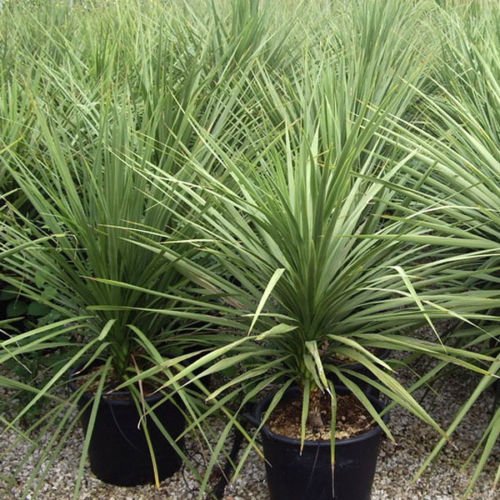
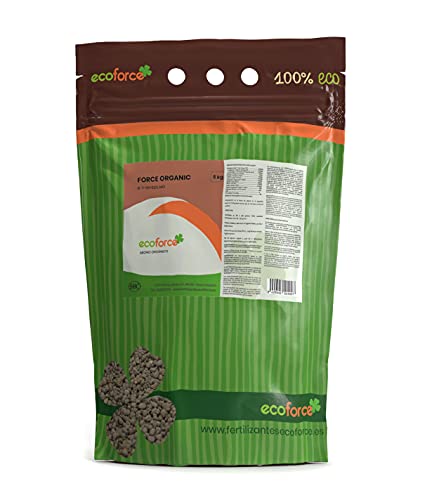
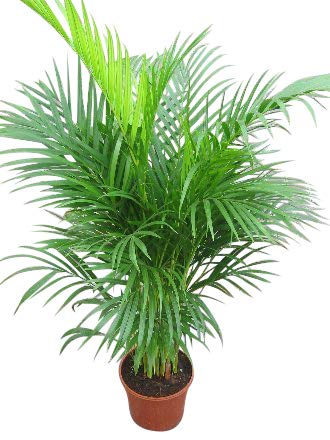
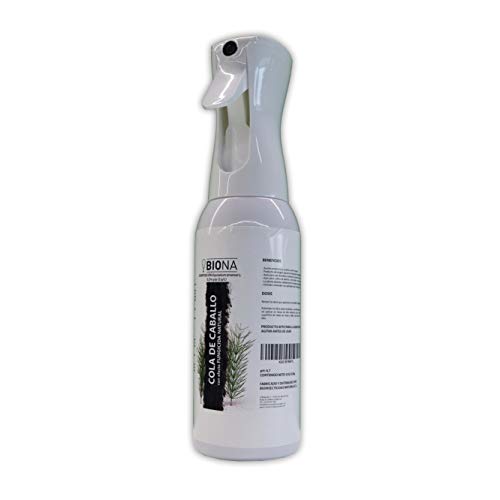

![Photo of Plant an Almond Tree Step by Step: [Care, Dates, Irrigation and Pruning]](https://www.complete-gardening.com/wp-content/uploads/2022/08/plant-an-almond-tree-step-by-step-care-dates-irrigation-and-pruning-390x220.jpg)
![Photo of Heliotrope: [Cultivation, Irrigation, Associations, Pests and Diseases]](https://www.complete-gardening.com/wp-content/uploads/2022/08/heliotrope-cultivation-irrigation-associations-pests-and-diseases-390x220.png)
